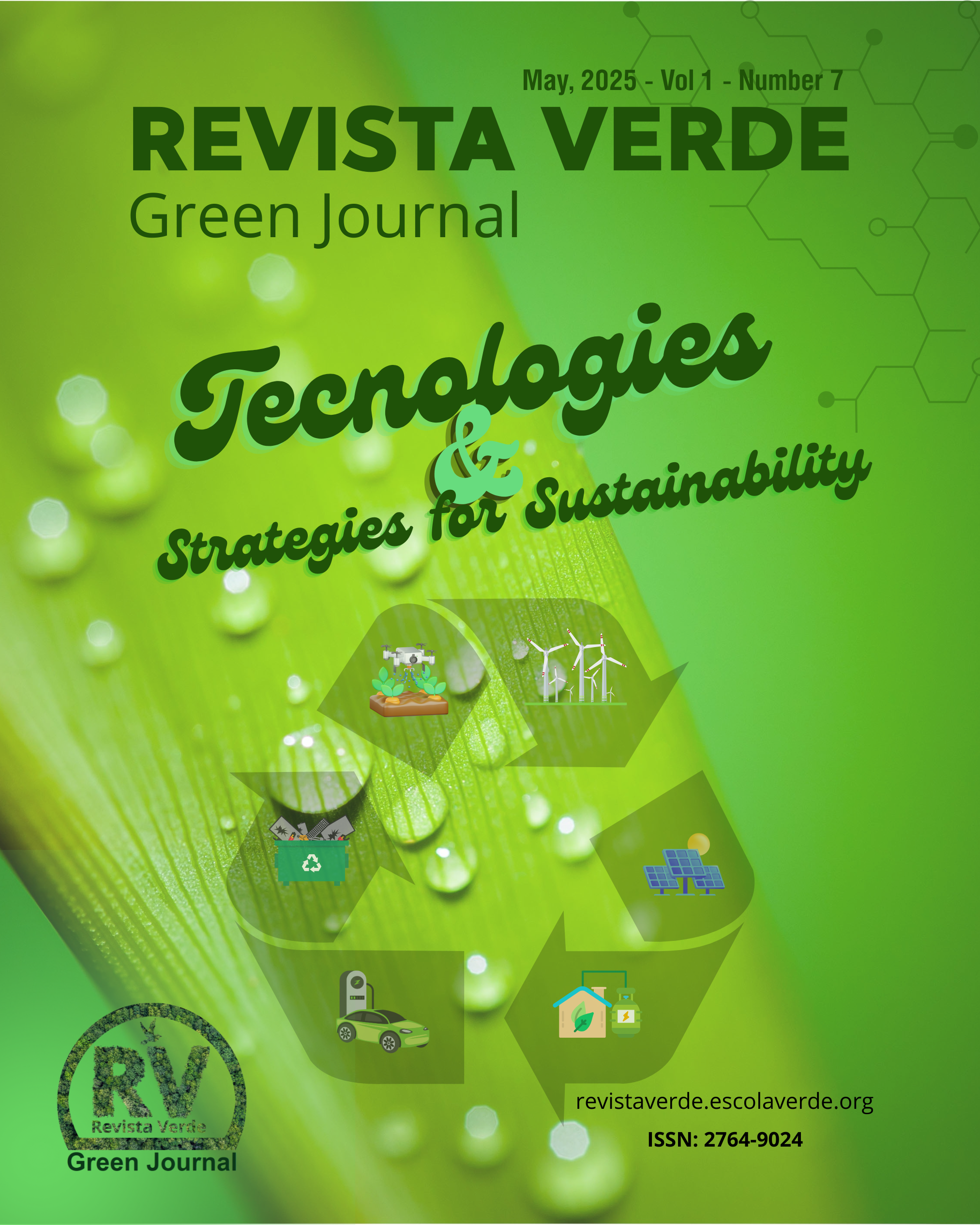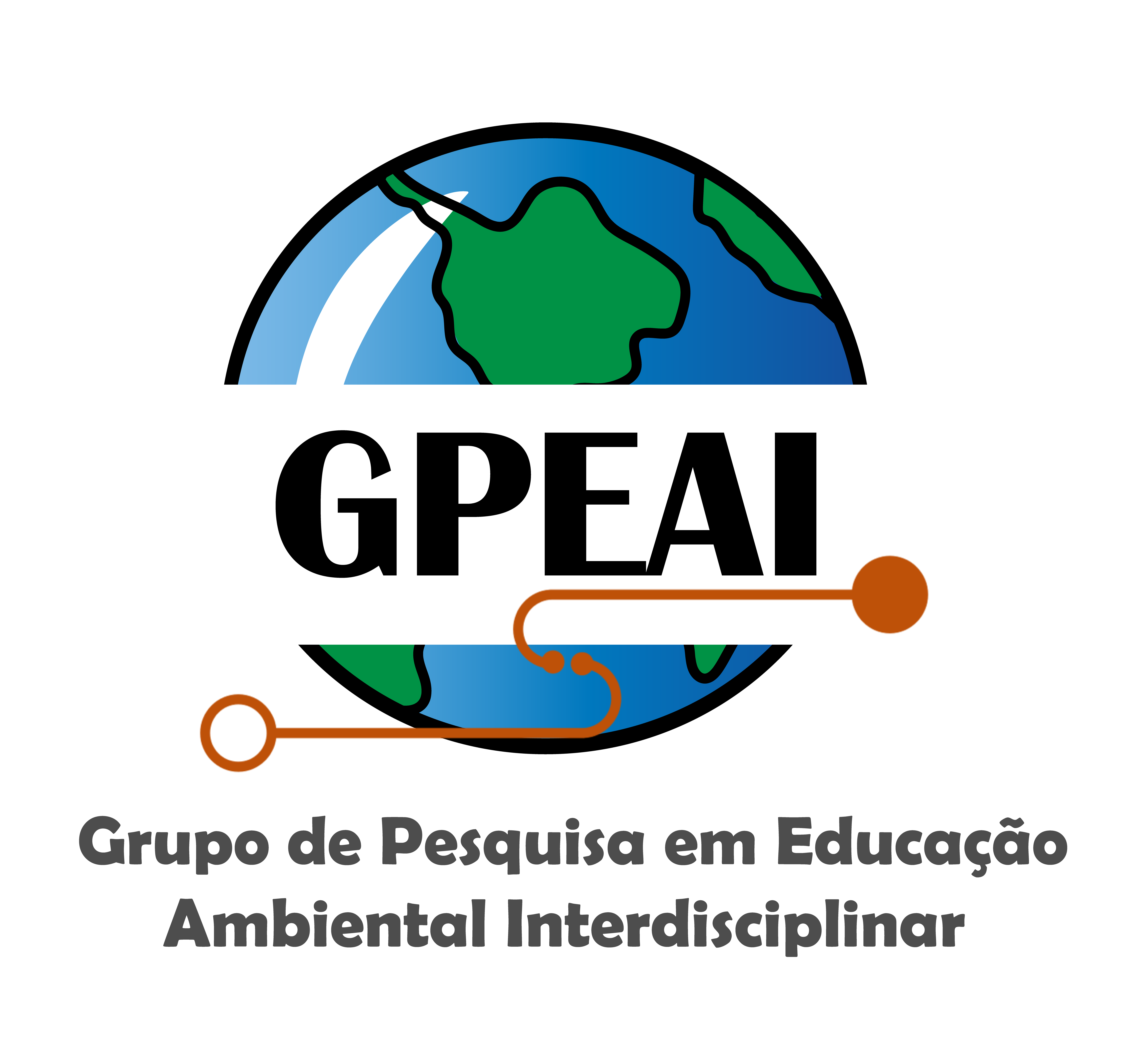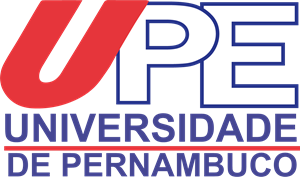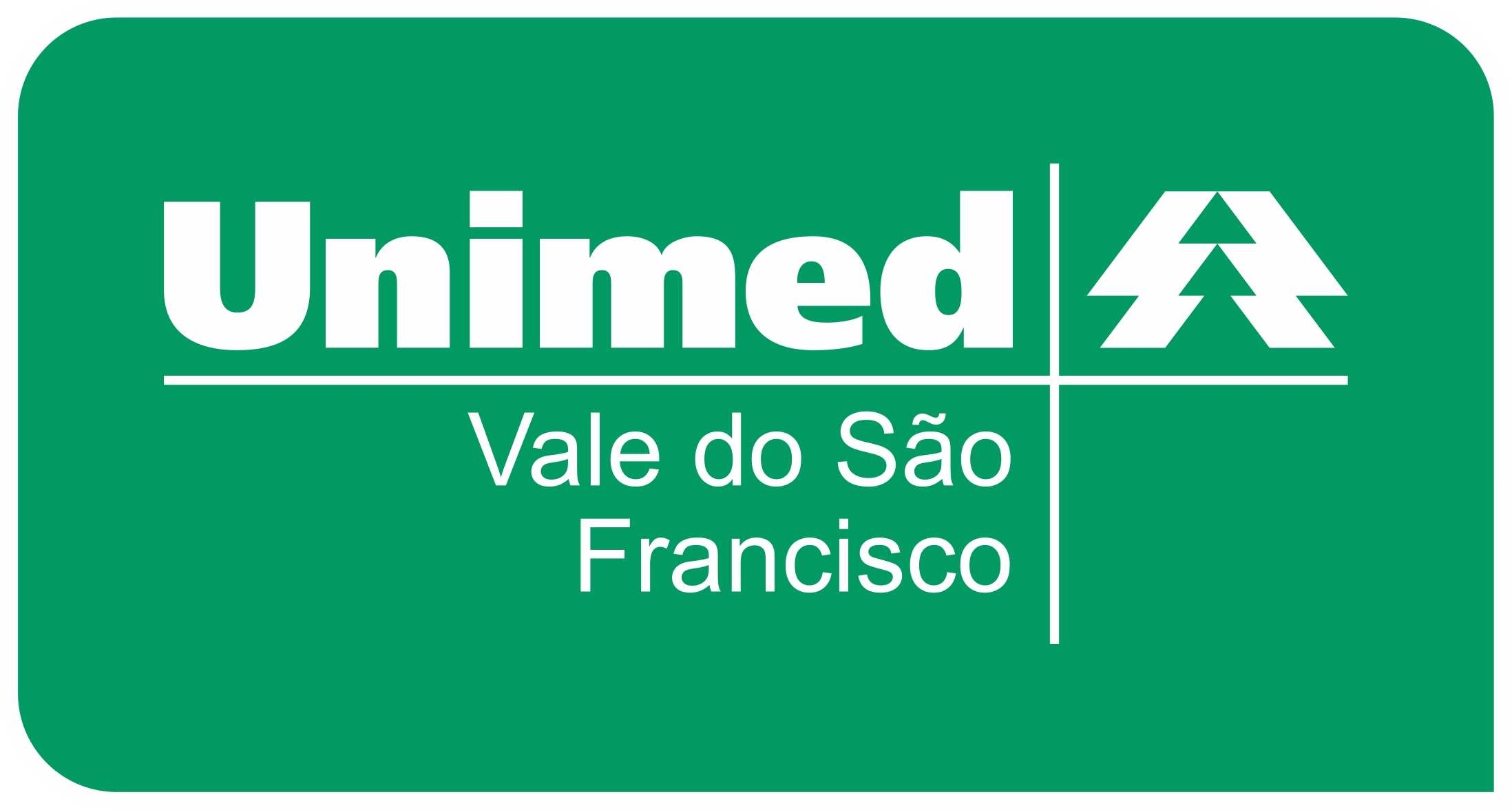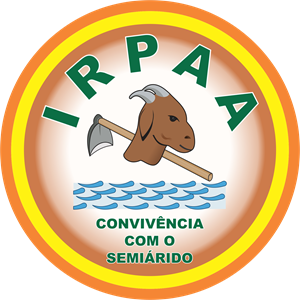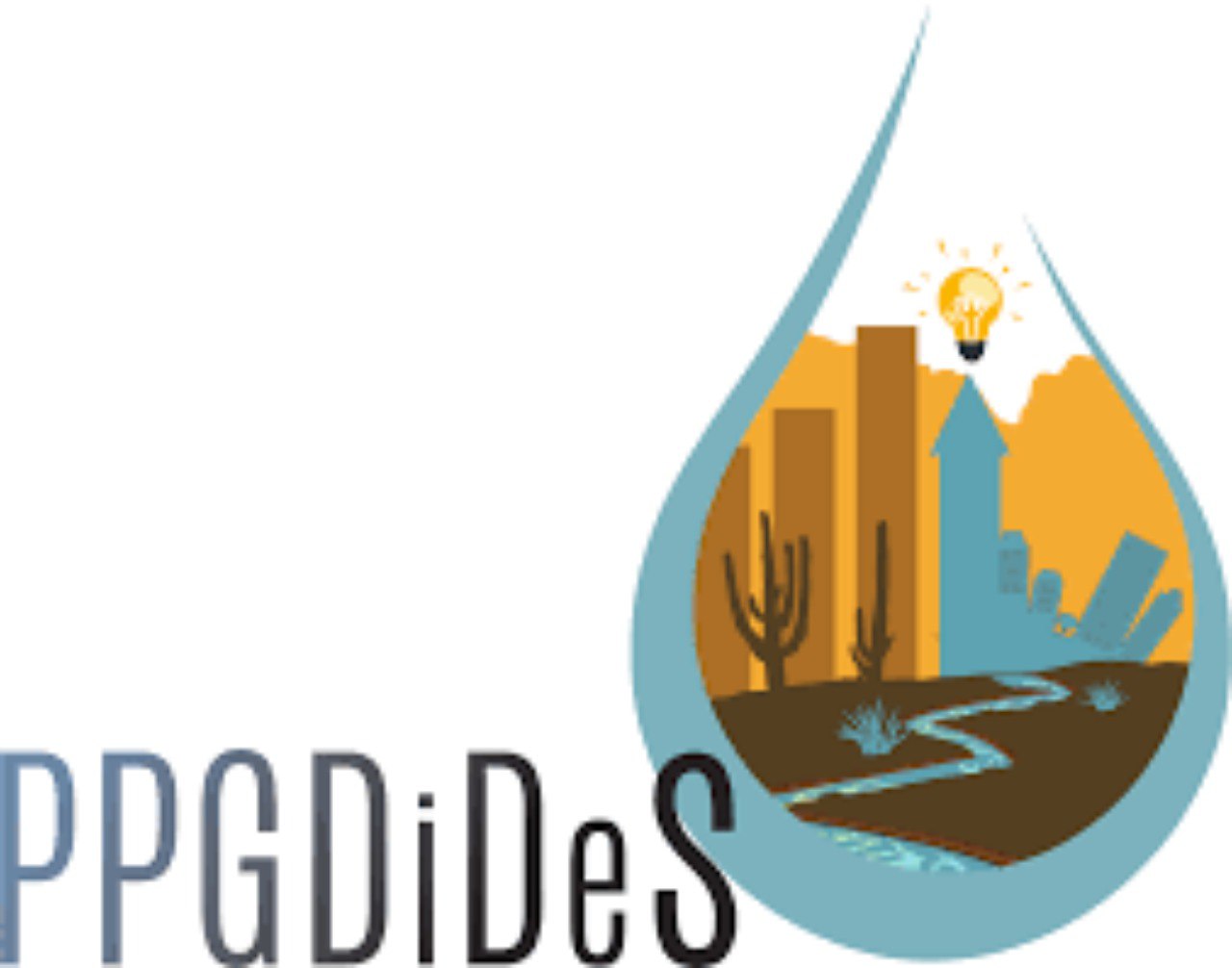Evaluation of the development and floristic composition of the strategy implemented in a restoration project in the north of Espírito Santo, Brazil
DOI:
https://doi.org/10.5281/zenodo.15116792Keywords:
Atlantic Forest, Phytosociology, Ecological Groups, Restoration Strategy.Abstract
The study was carried out in an experiment established in 2007, in an area belonging to the Reserva Natural do Vale (RNV), in the Atlantic Forest Biome, aiming to evaluate whether the restoration strategy implemented in the experimental treatment managed to reforest, restore balance and environmental sustainability in an anthropized area in the RNV. Two treatments were analyzed, T1 which is the control and T2, where the restoration technique was applied. A 50x40m plot was demarcated at T1 and T2. All tree inside the plots with CAP ≥ 15 cm were analyzed, and height, family, scientific and popular name were recorded and also classified according to their ecological group. A total of 135 individuals were found, distributed in 13 families identified, 27 genera and 34 species, remaining 1 specie without identification, with a total density of 337.50 ind.ha-1 and basal area of 0.103m2 há-1. The families that presented the highest importance value (IV) were Malpighiaceae, Fabaceae, Euphorbiaceae, Anacardiaceae and Lecythidaceae, the species that stood out were Byrsonima sericea DC, Joannesia princeps Vell., Peltophorum dubium (Spreng.) Taub., Astronium graveolens Jacq. and Lecythis lurida (Miers). Species sampled were classified as pioneers (37.5%), early secondary (34.4%), late secondary (12.5%), climax (12.5%) and unclassified (3.1%). Treatment 2 presented better conditions for reforestation, balance and environmental sustainability, having 125 individuals distributed in 29 species and 1 unidentified specie, when compared to treatment 1 (control). It was highlighted the importance of choosing a restoration strategy that can contribute to the success of the reconstruction process of an anthropized ecosystem.

